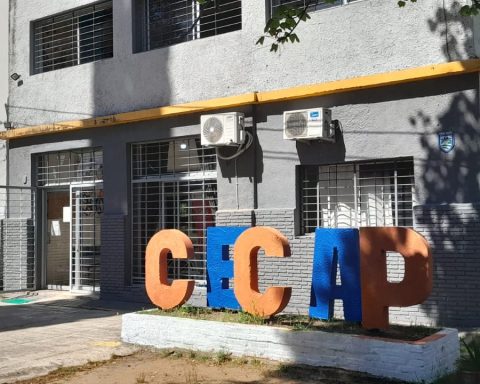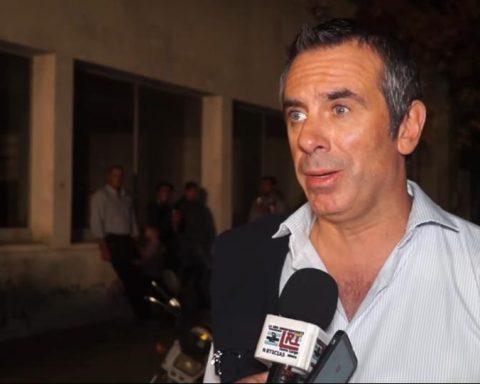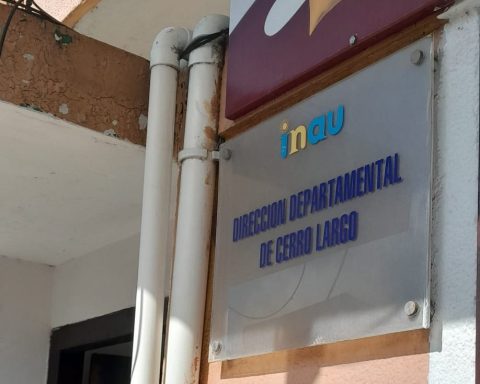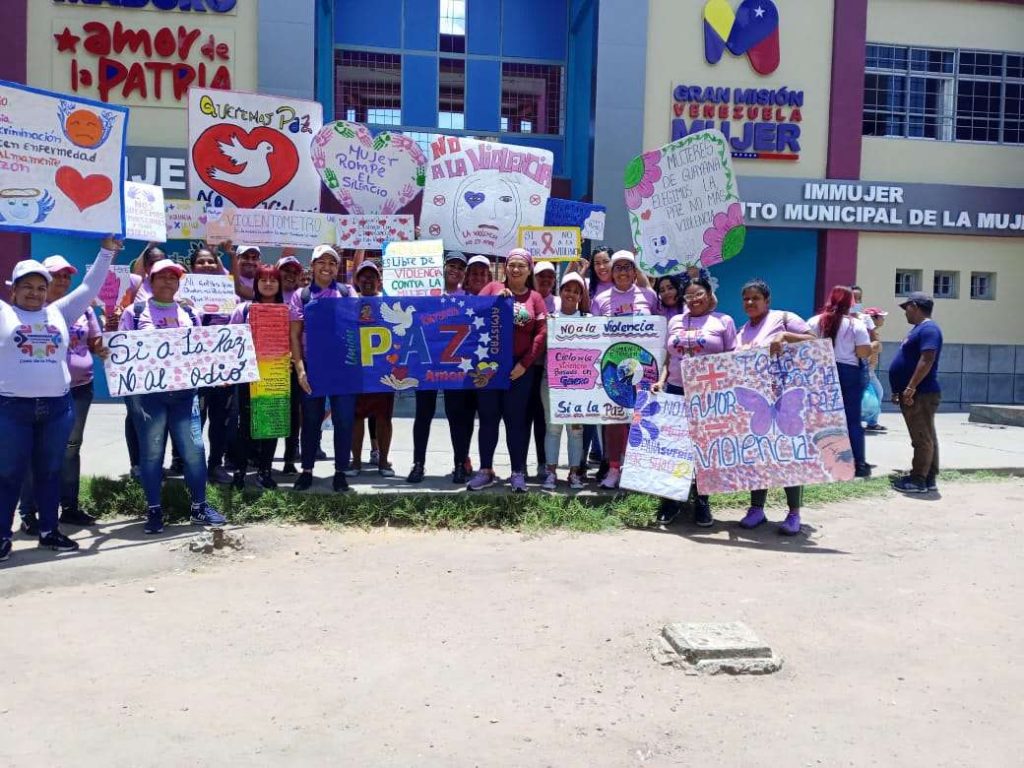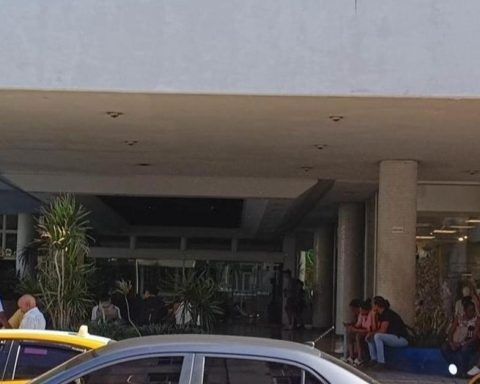
The construction company Balsa & Associates has announced the dismissal of the 420 workers who have been on unemployment insurance since April, marking the end of a work period for these employees who worked on construction sites located in the private neighborhoods of La Juana, Carlota and Pilar de los Horneros in Canelones.
The decision, revealed at the last meeting held with the auditor Fernando Cabrera of the Commercial Defense League, points to the fact that This Monday, August 19, the sick leave will be formalizedas confirmed by sources close to the case to La Diaria and El País.
The workers, who have been left without a legal framework to receive special unemployment insurance after this disengagementare concerned about the outcome of a work situation that had been showing warning signs for months.
Originally placed on unemployment insurance in April for a period initially estimated at four months, employees now face complete job uncertainty with no option to extend their benefits.
Balsa & Associates in free fall
The financial deterioration of Balsa & Associateswhich led to the company filing for bankruptcy in an attempt to restructure its obligations, coincides with the repeated calls for attention from the National Construction and Related Trade Union (Sunca) regarding precarious working conditions.
Javier Díaz, national secretary of labor relations at Sunca, highlighted the uncertain future of the works and the lack of guarantees in the payment of salaries accumulated since mid-April.
Added to the already uncertain economic context is the recent request for Voluntary bankruptcy proceedings by Balsa & Asociadosthe purpose of which is to try to maintain business activity by reactivating halted works.
In a public statement issued months ago, the company outlined the presentation of the competition as a procedure to ensure the activity of its projects and safeguard the rights and interests of all parties involved.
The restructuring effort has not escaped criticism from the union, which has made clear its skepticism regarding the prompt resolution of the financial problems faced by the company.
According to Sunca, the tender process involves an extensive and complicated process, contrary to the moderate optimism expressed by the company, which considers a possible improvement through the sale of its projects to interested investors.
What is Law 18,387 and how does it work in Uruguay?
Law 18,387 on Bankruptcy in Uruguay, enacted in 2008, establishes the regulatory framework for bankruptcy proceedings aimed at the reorganization or liquidation of companies facing financial difficulties.
This process is known in many countries as bankruptcy or insolvency proceedings.and its main objective is to offer a fair and orderly solution for both debtors and creditors, seeking to balance the interests of both parties.
The law introduces the concept of “bankruptcy”, which can be requested by a debtor company or by its creditors. There are two main types of bankruptcy: voluntary bankruptcy, initiated by the company itself, and necessary bankruptcy, requested by creditors.
Once bankruptcy has been declared, a trustee, or intervenor, is appointed to oversee the process and act on behalf of creditors.
One of the central aspects of Law 18,387 is the possibility of restructuring the company through an agreement with creditors. This agreement, which seeks to preserve the company as an economic unit, may include measures such as debt rescheduling, interest reduction or the sale of non-essential assets to generate liquidity. If restructuring is not viable, the process leads to the liquidation of the company, in which its assets are sold to pay creditors in the order of priority established by law.
Also highlighted are provisions to protect workers and ensure payment of their labor credits, which have priority over other types of debt.


